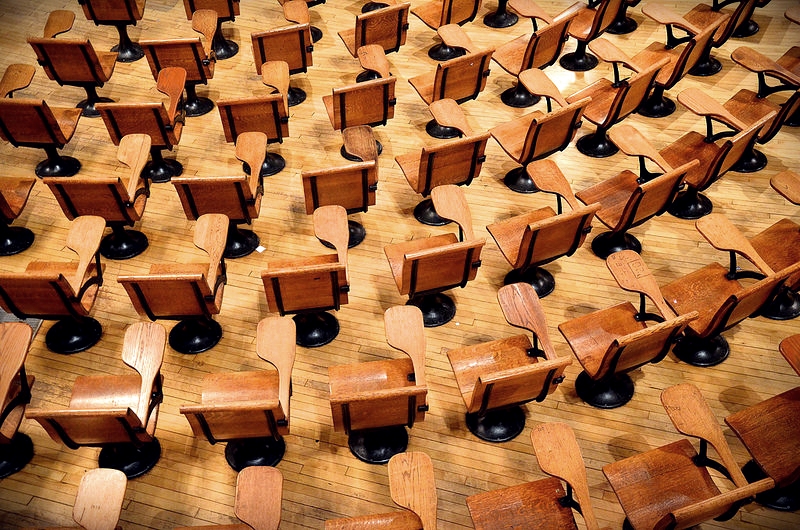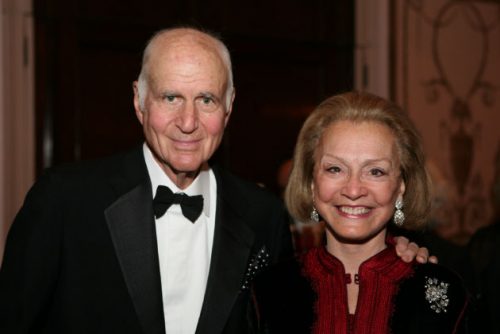For critics of soaring costs in higher education, it’s easy to pin blame on the usual suspects. Administrative bloat and increased spending on student-service amenities, detractors say, bear the blame for ballooning price tags. On the political right, these reasons are uttered almost instinctively: If only schools were leaner, their margins thinner, and the student experience less muddied by PC pampering, we wouldn’t now be facing an unprecedented $1.3 trillion in national student debt.
But over at the FiveThirtyEight blog, Temple University economist Doug Webber presents a more convincing argument in another direction. “[B]y far the single biggest driver of rising tuitions for public colleges has been declining state funding for higher education,” Webber argues. “At most, about a quarter of the increase in college tuition since 2000 can be attributed to rising faculty salaries, improved amenities and administrative bloat,” he explains, “By comparison, the decline in state support accounts for about three-quarters of the rising cost of college.” Check out his full accounting for yourself, but suffice it to say that Webber’s numbers seem to check out. Between 2000 and 2013, for instance, Pennsylvania’s annual per student investment at its four public research universities dropped from just under $8,000 to just under $4,000. By contrast, if colleges and universities had refrained from spending on new student services and hiring new administrators, students would only have saved some $1,300.
So budget cuts out of Harrisburg cost the average Pennsylvania student about four times as much as their college’s own added costs. (There’s even some data suggesting that increased student-service spending is a sound investment, increasing the likelihood of graduation and retention.)
Webber notes, importantly, that there’s something else going on at private schools, which don’t benefit from direct state funding but have nevertheless seen tuition hikes similar to their public counterparts. “At private nonprofit colleges […] student services and faculty and administrative salaries together explain most of the tuition increase over the past two decades.” While at private for-profit schools, the picture is quite a bit more cloudy (though it may be the case that these schools are “raising tuition in order to capture as much government-backed money as possible”).
All this should suggest three things, at least: (i) conservative critics of campus culture should pause before blaming it for the rise in student costs; (ii) politicians who capitalize on the anxiety of families struggling to pay for college should go first to their state budget committees, not federal loan bureaucracies, to address the issue; and (iii) federal loan policy, to the extent that it aims to ‘fill the gap’ for strapped students, may encourage a vicious cycle by signalling to state lawmakers that they can get away with more and more cuts to education funding.
Photo credit: Joe Shlabotnik via Visualhunt / CC BY-NC-SA






